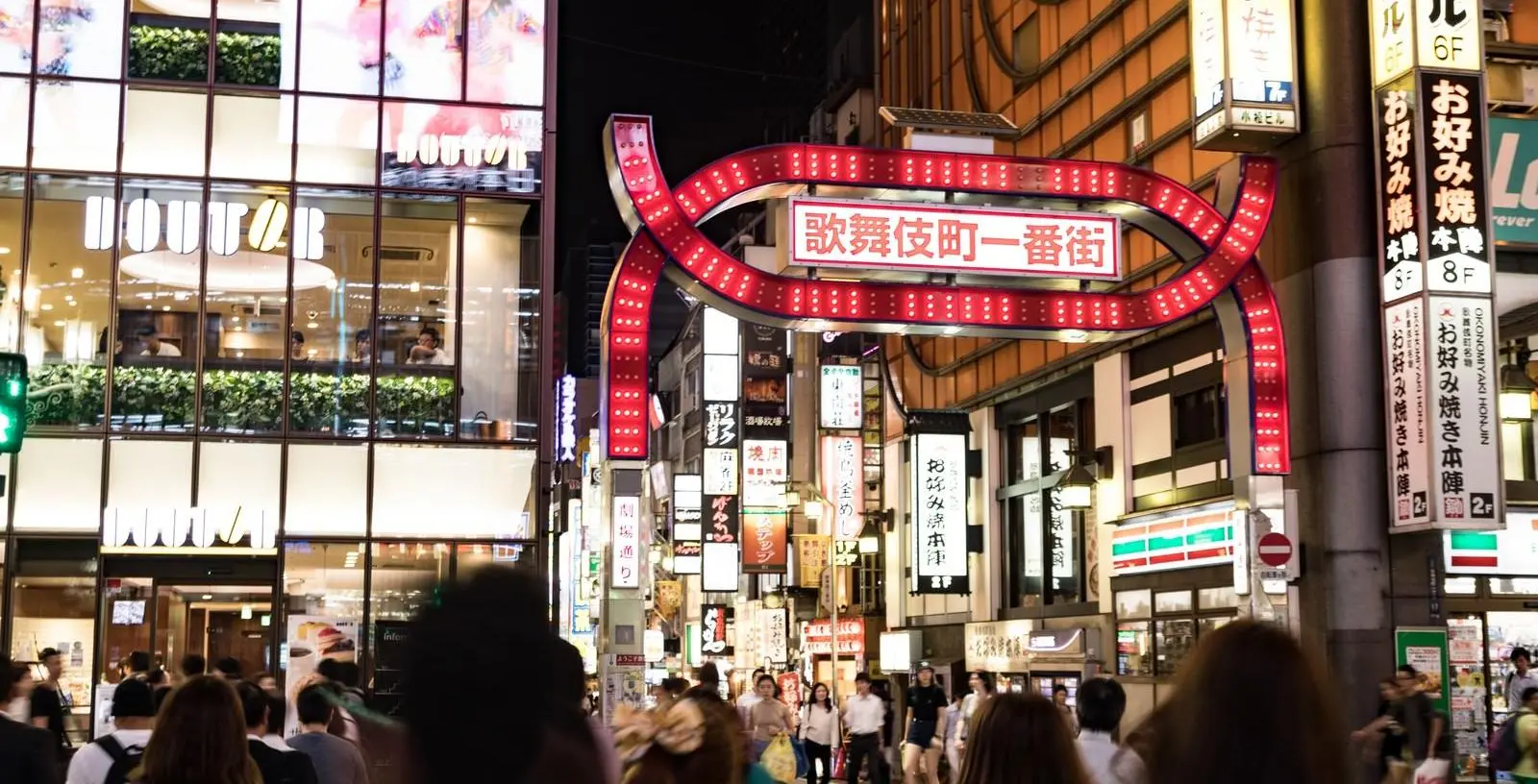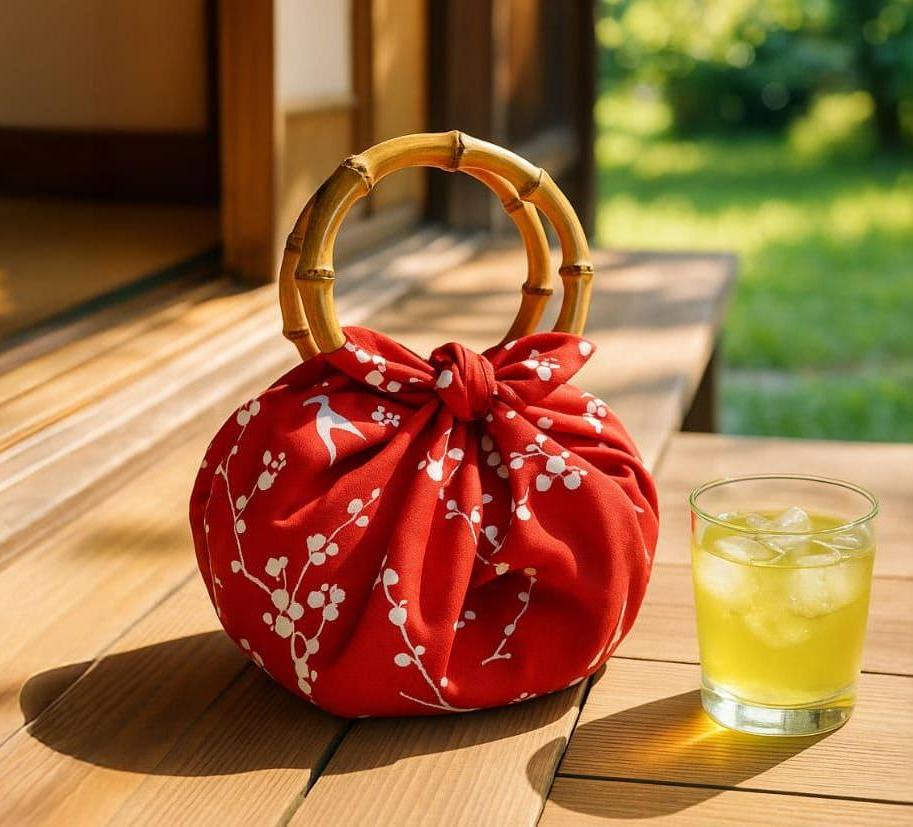You’ve seen the sights.
You’ve had dinner.
You’re back at the hotel in Tokyo, finally letting out a breath.
And then comes the thought:
Now what?
Sure, you could call it a night and rest up for tomorrow.
But when you’re traveling alone in Japan, that can feel a little early.
This article introduces five nighttime activities in Tokyo that are surprisingly enjoyable on your own.
They’re safe, common, and quietly satisfying — the kind of things many travelers never realize are perfectly normal to do alone.
If you’re looking for something low-pressure, slightly quirky, or simply different from the usual nightlife, your night in Japan doesn’t have to end at dinner.
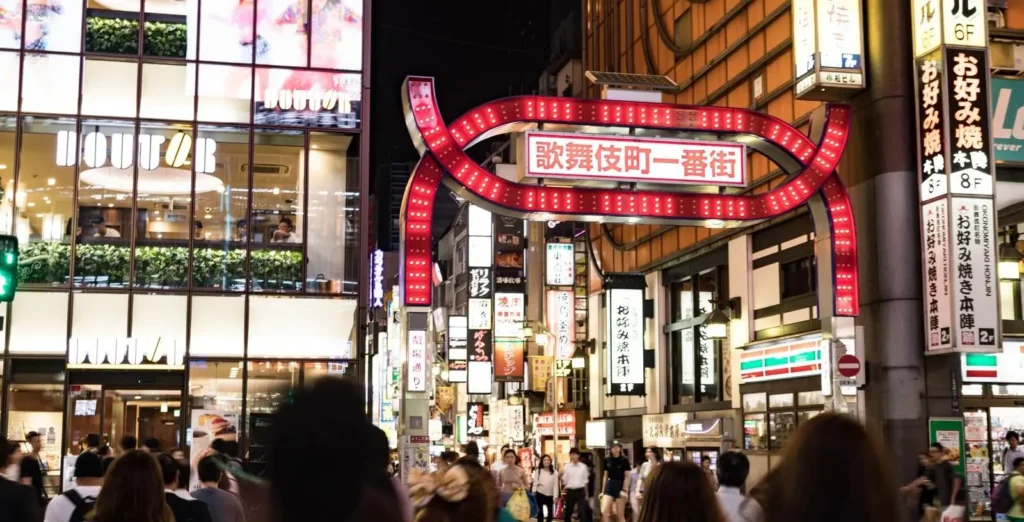
1. Five Fun Ways to Enjoy Japan at Night—Even on Your Own
1-1. Want to Let Off Steam? Try Solo Karaoke (a.k.a. “Hitokara”)

“Going to karaoke alone? Sounds like something a socially unstable person might do.”
That’s what you’re thinking, right? But in Japan, solo karaoke is so common there’s even a word for it: hitokara.
Staff are used to it—whether you’re solo or in a group, no one bats an eye.
I sometimes go myself when I have some time to kill. And honestly, there’s something incredibly refreshing about belting out your favorite songs without an audience.
It’s the perfect time to go all in on that dramatic ballad you’d never sing in front of others,
or to practice the song you’ve been putting off because you “don’t know it well enough yet.”
Many karaoke places now offer English menus and interfaces, so even if you don’t speak Japanese, you’ll be just fine.
Prices start at just a few hundred yen per hour, and late-night discount plans are common.
Crowds are usually light—especially on weekday evenings—making it a great time to go.
Most major karaoke chains allow solo guests, but during busy hours—especially on weekend nights—you might end up waiting for a room.
Still, solo karaoke is common enough that you usually won’t get weird looks.
If you want to avoid delays and pick a place that welcomes solo guests without requiring a Japanese ID or membership, your best bets are chains like Utahiroba or Karaoke no Tetsujin.
Want the full breakdown—including where to go, what to expect, and how to sing without signing up?
Here’s our no-membership, traveler-friendly guide to solo karaoke in Japan:
1-2. In the Mood for Something Classy? Try an Authentic Bar

Drinking convenience store alcohol in your hotel room isn’t the worst way to end the night.
But since you’re here, why not take a little grown-up detour and step into a quiet, atmospheric bar in a city you don’t know?
Japan’s bar culture has a unique sense of calm—time seems to move a little more slowly.
Worried you’ll stand out if you go alone? Don’t be.
A solo guest quietly sipping at the counter is a completely normal sight in many Japanese bars.
These days, more bars have English menus or staff who can manage basic English conversation.
Still feeling unsure? Look for places with lots of foreigner reviews or signs out front that say “Welcome!”—those are usually safe bets.
If you’re looking for a quiet spot with good vibes, try searching on Google Maps using keywords like “bar,” “authentic bar,” “jazz bar,” “cocktail bar,” or “whisky bar.”
Skim the reviews to check for a relaxed atmosphere, the presence of English menus, and whether solo guests are welcomed.
If there are photos, even better—that’ll usually tell you everything you need to know.
1-3. Craving a Bit of Excitement? Try Pachinko or Slot Machines
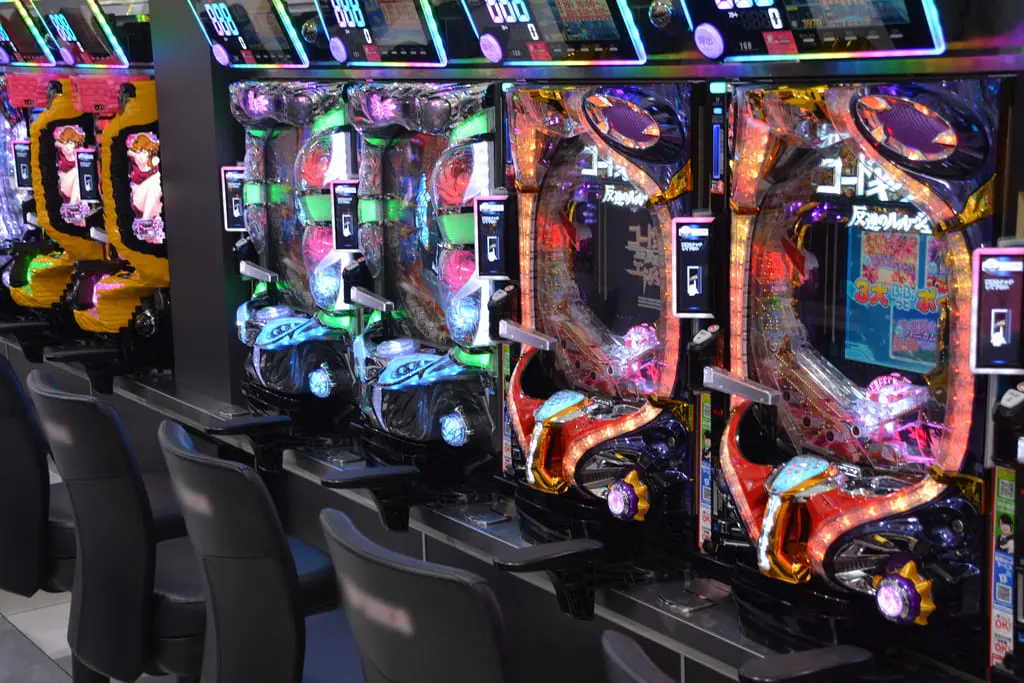
Looking to spice up your night—just a little?
Then you might want to try Japan’s own brand of legal gambling: pachinko and pachislo.
You’ll find them near almost every station: brightly lit, noisy spaces that feel like a different world even from the outside.
But once you step in, you’ll see it’s actually quite easy to give it a go.
There are two main types of machines:
Pachinko, where you twist a knob to launch tiny metal balls, and
Pachislo, which works more like a slot machine with tokens and reels.
For beginners, pachislo can be a bit confusing—it has more rules and buttons than it looks.
So starting with pachinko is usually the easier choice.
One word of caution: play casually, and set a spending limit.
What starts as a quick thrill can quietly snowball into a surprisingly expensive evening—if you’re not careful.
If you’d like a visual walkthrough before stepping into a pachinko parlor, there’s also a helpful how-to video made by an industry-related company.
Check it out here:
Playing Pachinko for Beginners
Curious about pachinko—but worried you’ll get lost, scammed, or just overwhelmed?
Here’s our brutally honest, tourist-friendly guide to surviving your first pachinko game in Japan:
1-4. Want a Weird Souvenir? Explore Don Quijote Late at Night
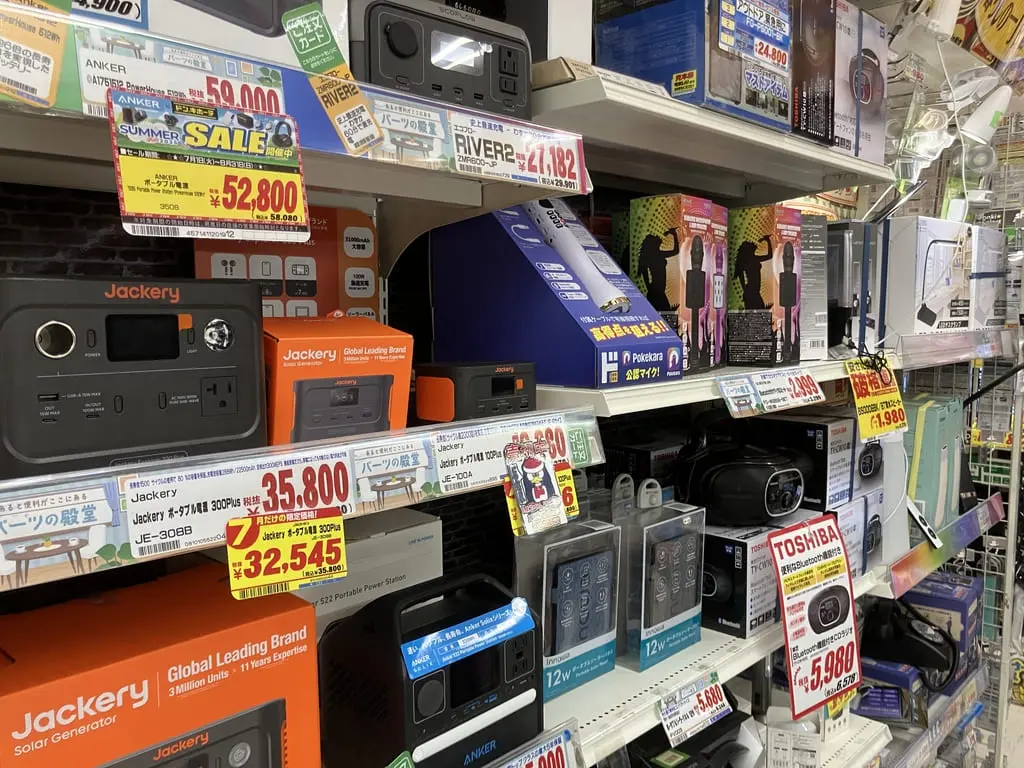
You’ll find yourself stopping in the aisles thinking,
“Wait… what even is this? Who buys this? Why does it exist?”
If your idea of a great souvenir is something that makes your friends go,
“…Thanks?”—then Don Quijote is your goldmine.
Known locally as Donki, this massive discount store chain is found all over Japan.
It sells everything: snacks, cosmetics, electronics, anime merch, cosplay outfits, and an endless stream of truly unexplainable goods.
The store layout is chaotic at the best of times, but it stays well-lit and busy even late at night—making it a surprisingly safe and fun place to wander.
And there’s something about browsing weird products at 1 AM that makes the experience even more surreal.
Many branches now offer tax-free shopping and multilingual signs, so foreigners can shop without much stress.
And honestly, even if your suitcase gets heavier, the laugh you’ll get from that one absurd gift might just be worth it.
Want to check store locations or see what kinds of madness await you?
Here’s the official Don Quijote website (in English):
Don Quijote Official Site
1-5. Want a Quiet Moment? Visit a Shrine at Night
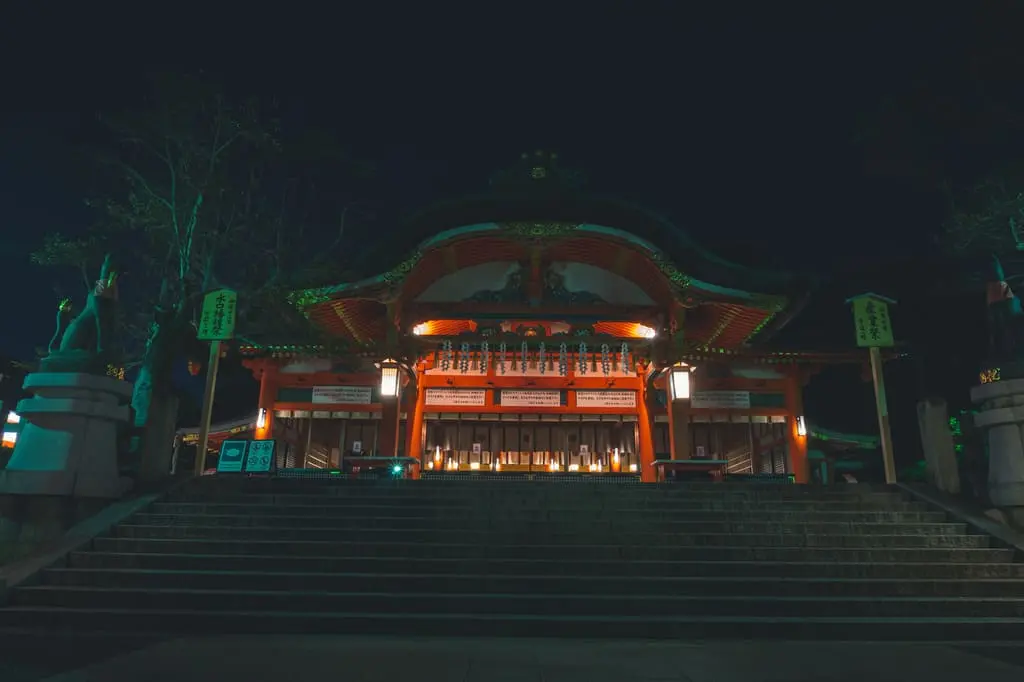
Let’s end with something a little different.
If you’re traveling solo and feel like spending your evening in a calm, reflective space,
why not visit a shrine—at night?
Even the most popular tourist spots feel like a different world after dark.
The crowds are gone, the air is crisp, and the noise of the city seems to fade away.
Sure, you might think, “Isn’t that a little creepy?”
But in reality, many shrines at night feel more peaceful than eerie.
If the path is lit and the gate is open, entering is usually allowed.
Just follow basic manners: don’t be loud, don’t disturb the grounds, and keep photography respectful.
Hidden among the buildings of modern cities, shrines offer a strange kind of stillness—
as if time has slowed down, or slipped sideways.
It’s a kind of silence you won’t notice during the day,
and it’s the kind of experience that might just feel deeper because you’re alone.
Here are some Tokyo shrines known to remain accessible—or at least feel open—well into the night, many without gates, lights on, and tucked within busy areas.
| Shrine Name | Nearest Station | Notes |
|---|---|---|
| Hanazono Shrine | Shinjuku‑Sanchome | Located adjacent to Kabukichō; lit at night and reportedly open all night |
| Akasaka Hikawa Shrine | Akasaka / Roppongi | A peaceful oasis in central Tokyo; presence of lighting and paths suggest basic night access |
| Shitaya Shrine | Ueno area (Inaricho Station) | Historic shrine in Ueno area; though typical hours apply, locals note some nighttime access via open paths |
In smaller cities too, you’ll often find that local shrines near tourist areas are open after dark—especially the ones without gates or fences.
2. Final Thoughts – Enjoying Japan’s Nights, Solo
Japan is one of the few places where you can safely walk around at night—even alone.
And when you’re on your own, you might just stumble into a kind of quiet or adventure that’s only possible solo.
If something caught your eye, give it a try.
You might find that a night alone in Japan is something you’ll want to do again.

